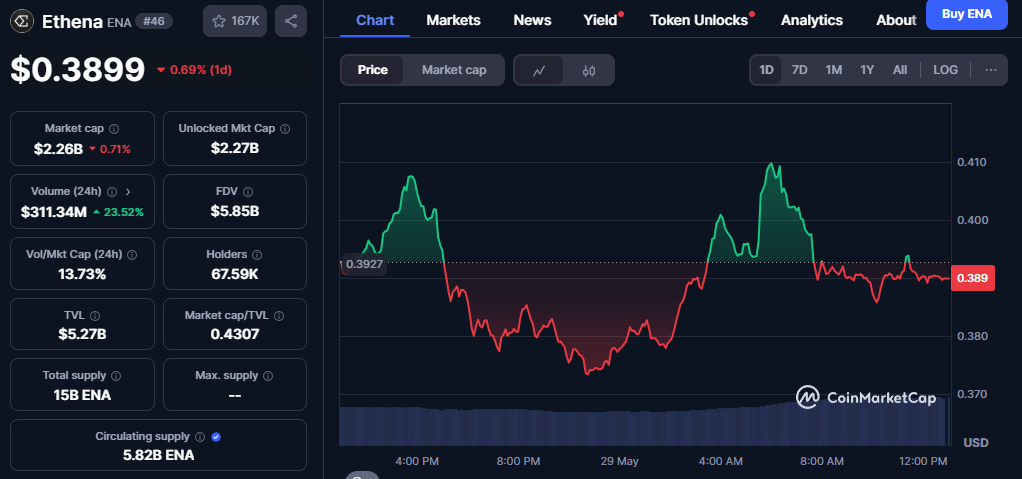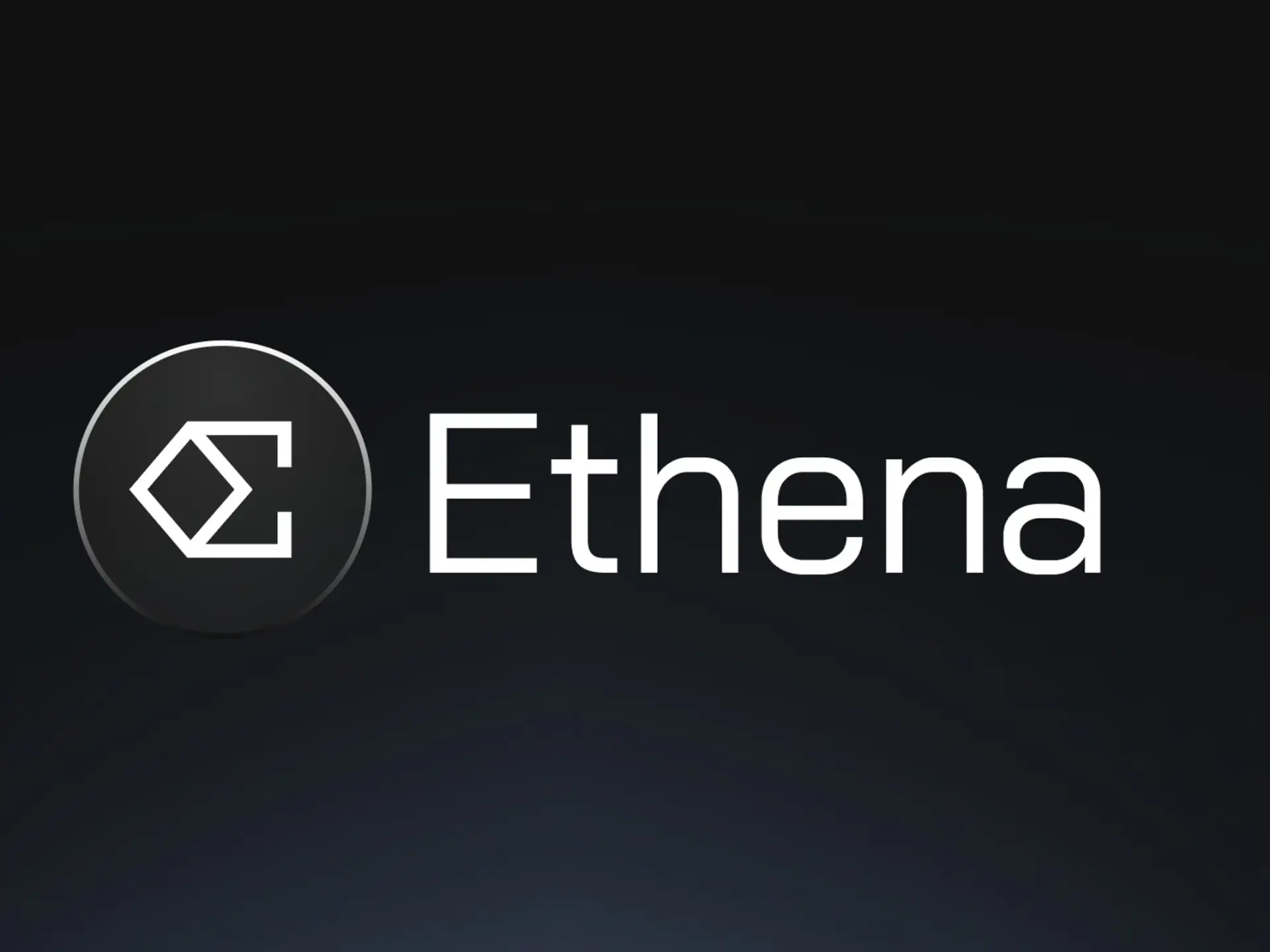- Ethena high-yield sUSDe tokens are attracting significant DeFi liquidity, challenging Aave’s borrowing demand.
- As Aave’s rates and borrowing activity decline, its AAVE token faces pressure and a potential bearish trend without new catalysts.
The DeFi landscape is witnessing a subtle but significant shift as Ethena’s yield-bearing stablecoin system, particularly its Principal Tokens (PTs) tied to sUSDe, attracts a flood of capital. Surpassing $1 billion in collateralized supply within just a month, Ethena’s rapid growth poses a fresh challenge to Aave’s once-dominant lending ecosystem and raises questions about AAVE token’s price resilience.

Ethena PTs offer a compelling yield proposition. Thanks to delta-neutral strategies, they deliver attractive real yields typically ranging between 15% and 25%, a stark contrast to the low single-digit borrowing rates currently prevalent across most DeFi platforms. Since Ethena’s PTs were approved as collateral on Aave, users can leverage their holdings within one of the largest decentralized lending markets, blending high yields with flexible capital use.
Also read: Shiba Inu Open Interest Jumps 8%: Is a Major Price Move Imminent?
Meanwhile, Aave’s borrowing demand is cooling. Stablecoin borrow rates on Aave have declined steadily to the 2–4% range, diminishing the incentive for lenders seeking better returns. This decrease signals not just isolated rate pressure but possibly a broader decline in on-chain leverage demand. Capital that once fueled Aave’s lending pools appears to be migrating towards Ethena’s more lucrative sUSDe yields.
This shift is troubling for Aave’s ecosystem. Lower borrowing demand translates into reduced protocol revenue and consequently limits value accrual for AAVE token holders. With Ethena’s high-yield offerings siphoning liquidity, Aave risks losing market share in the competitive DeFi lending arena—especially without fresh innovations or enhancements in borrowing utility.
Price action echoes these concerns. Ethena token has stalled under the $270 resistance, transitioning from a bullish rally into consolidation within a supply-heavy zone. This plateau may reflect short-term market indecision but could also be a symptom of weakening fundamentals linked to falling borrowing volumes.
In a rapidly evolving DeFi market, maturity alone will not safeguard legacy protocols. Unless Aave revitalizes borrowing demand or introduces new catalysts, investor sentiment may remain cautious, leaving AAVE vulnerable to further downside pressure.
The battle for DeFi liquidity is heating up, and Ethena’s sUSDe yields are proving to be a powerful lure. Will Aave innovate quickly enough to fend off this challenge, or are we witnessing the start of a bearish phase for the once unshakable AAVE token? Only time will tell.




